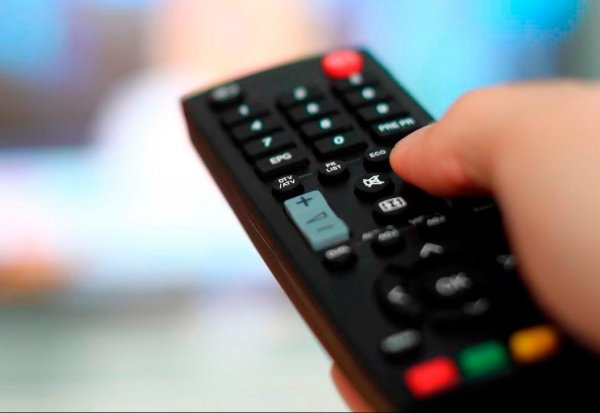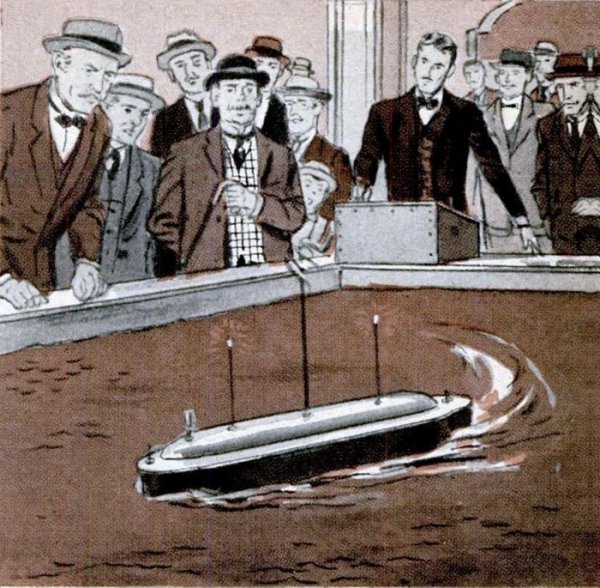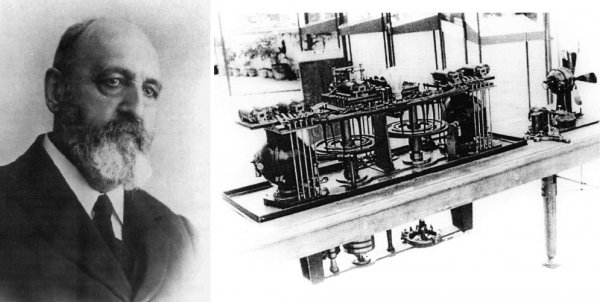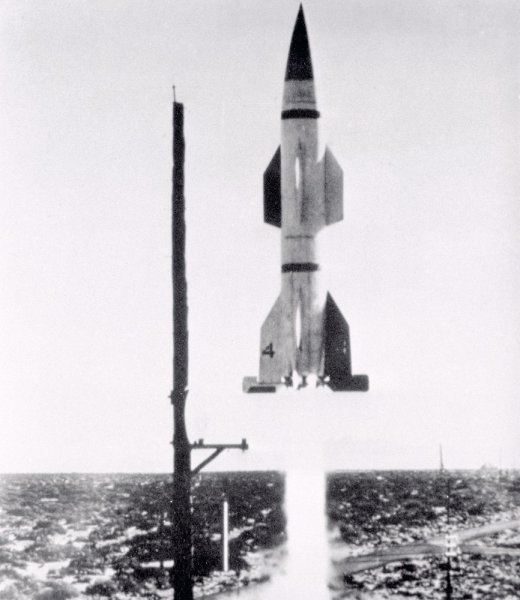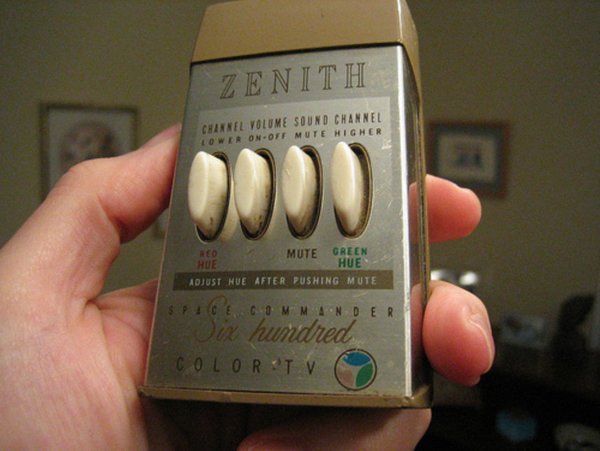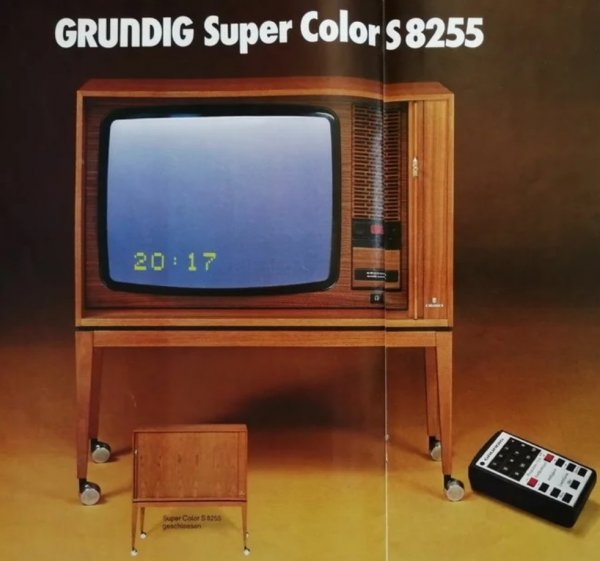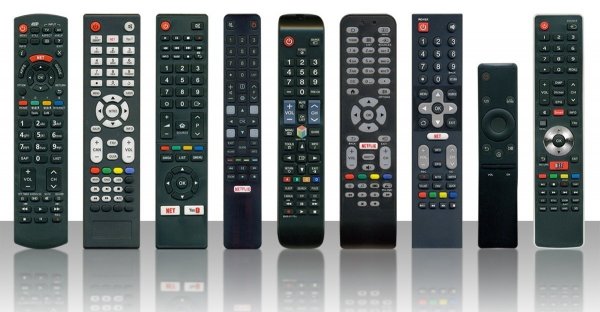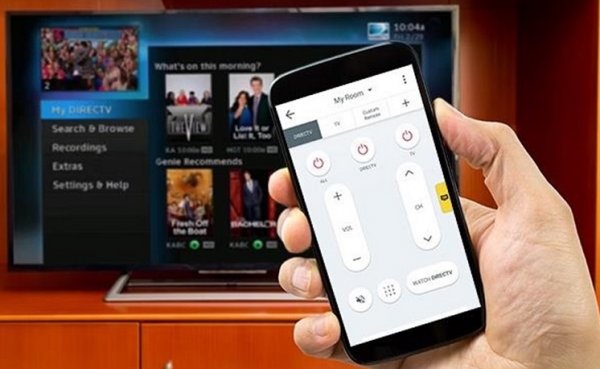History of remote control
Remote control is most often understood as the wireless transmission of a control action. This impact is directed from the transmitter to the receiver associated with the control object, which is at some distance from the transmitter.
The control object can be stationary or moving, be at a very significant distance from the control panel, and even be in an aggressive environment.
Anything can act as an actuating element of the control object: an electromagnetic relay, an electronic digital device, etc.
Today you will not surprise anyone with the phrase "remote control". Everyone is familiar with this electronic device, which is a small box with buttons and batteries, inside which there is an electronic circuit, because it allows us to remotely control the air conditioner, fan, TV, music center and other household appliances.
Remote control of unmanned aerial vehicles, aircraft devices, ships, spacecraft, control of production processes, communication systems, high-risk equipment - all this is possible today.And remote control began to appear at the end of the 19th century, thanks to the work of many inventors around the world.
On March 25, 1898, in the Russian Empire, the inventor and engineer Nikolai Dmitrievich Pilchikov demonstrated the principle of operation of a device capable of receiving radio waves of a certain length, and thanks to such a signal to control an actuator.
Pilchikov showed how radio waves passing through a wall were able to light the lights of a lighthouse, cause cannon fire, cause a yacht to explode, and switch a railroad semaphore. At the same time, he proposed that the military use this technology to wirelessly control the detonation of mines placed at a considerable distance, as well as mine boats.
In the same year, 1898, in the USA, a scientist - electrical engineer and experimenter Nikola Tesla proposed and patented a method and apparatus for wirelessly controlling the engine mechanisms of moving ships and land vehicles (U.S. Patent No. 613809 dated November 8, 1898). At the 1898 Exposition in Madison Square Garden, Tesla first demonstrated to the public a model of a radio-controlled boat.
In 1903, in Spain, the mathematician Leonardo Torres de Quevedo introduced the Telekin robot to the Paris Academy of Sciences, which carried out commands initiated by a signal sent in the form of an electromagnetic wave. Torres de Quevedo patented the system in three countries (USA, UK, France and Spain).
In 1906, he demonstrated his system in the Spanish port of Bilbao in northern Spain. The inventor controls the movement of the boat from the ship. The introduction of Telekin into military equipment was interrupted due to lack of funding.
During the Second World War, the Germans were actively working on remote-controlled military missiles. The result was the world's first "Wasserfall" surface-to-air anti-aircraft radio-controlled missile. It was created in Germany between 1943 and 1945.
As for the first wireless TV remote control, it was developed in 1955 by the American Eugene Pauley, who was then at Zenith Radio Corporation. The console was called «Flash-Matic».
The device sent out a beam of light that had to be directed at the photocell. Not only did the beam have to be aimed precisely at the photodetector, creating difficulties for the user, but the receiver was unable to distinguish the light beam sent by the remote control from light from other sources.
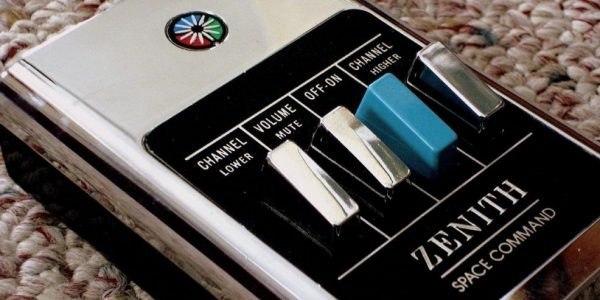
Only a year later (already in 1956), the American inventor Robert Adler invented the remote control Zenith Space Commander. It was a mechanical device.
When you press one or another button on the remote control (channel selection or volume control), there was a hit on the corresponding plate inside the remote control, which produced an audible sound of a certain frequency. A special electrical circuit in the TV will recognize this sound and act accordingly.
After 1958, with the appearance of the first transistors, remotes appeared on piezoelectric crystals, excited by an electric current, so that in response to pressing the button, the crystal vibrates at a certain frequency. The receiver was inside the TV and contained a microphone connected to a circuit tuned to the appropriate frequency.
The operating frequencies were now in a range above the norm normally audible to humans.However, dogs and young women responded to the operation of the remote control, in addition, the TV channel could accidentally switch from external noise, for example, the sound of a toy xylophone.
When the first color TVs appeared in 1974 (MAGNAVOX, GRUNDIG), they were immediately equipped with a microprocessor IR receiver and were equipped with a remote control that emits infrared rays.
Later, with the birth of teletext technology, there was a need for more buttons, so that you could not just flip through the channels, but dial certain numbers (set the teletext page) from 0 to 9, turn pages, etc. .
It would be nice to be able to adjust the brightness and color from the remote control - it was these needs that led to the creation in 1977-1978 of the first TVs (and therefore remotes) with much greater remote control functionality.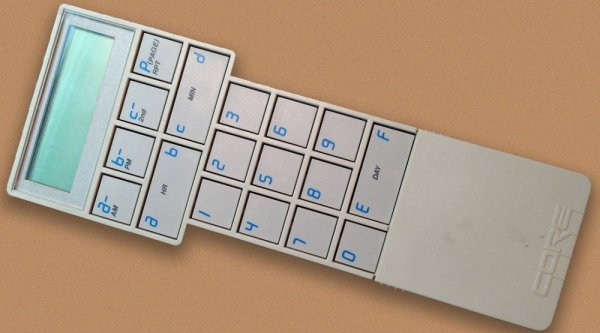
In the fall of 1987, Steven Wozniak's American company «CL9» introduced the CORE module, capable of controlling several different devices, equipped with a delayed control timer and also capable of updating — if desired, the user simply had to connect the remote control to the computer and download the updated code.
Such a remote control can learn from a signal from other remote controls and devices. However, all this seemed too complicated for the average layman (especially downloading the code), and remote control from "CL9" did not become widespread.
In 1998, Steve Jobs implemented an idea proposed in Russia in 1994 in the iMac computer.The idea was to use the remote to control the CD-ROM: control on / off, volume, tone, stereo balance, sound selection.
The remote control also made it possible to turn on the computer, start and disable programs from a given list, control the color parameters of the monitor, display TV programs on the monitor, change the frame position and the number of displayed frames.
In the second millennium, household electrical appliances have become much larger everywhere than before. Particularly burdensome for the user is the fact that some home theaters, containing both a DVD player, a TV, a satellite receiver, a VCR and a speaker system, sometimes require the use of several different remote controls one after the other.
Later, universal programmable remote controls with an infrared port appeared, as well as learning remotes, but initially neither became widespread. The first seemed too expensive, the second too complicated.
By the way, even today, some smartphones allow remote control of TVs of many famous brands via infrared connection, some household electrical appliances, as well as a computer via Bluetooth. Basically, today every device or multimedia system is equipped with its own control panel.
Continuation of the topic:Remote controls - main types and their characteristics

